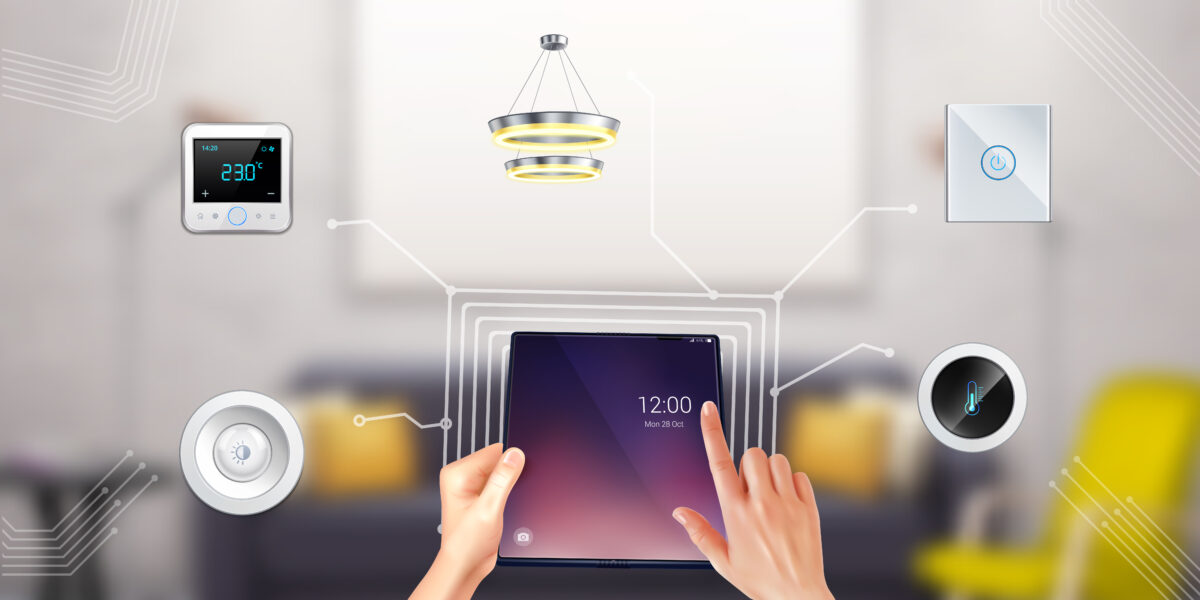Real-Time Energy Monitoring for Optimized Resource Management

In an era of increasing energy costs and environmental concerns, businesses and organizations are constantly seeking ways to reduce their energy consumption and improve efficiency. One of the most effective tools for achieving these goals is a robust Energy Monitoring System. By providing real-time data on energy usage, these systems empower users to make informed decisions that optimize resource management, reduce costs, and support sustainability initiatives.
This article delves into the importance of energy monitoring, its applications, benefits, and how advanced systems are transforming the way we manage energy in various sectors.
What is an Energy Monitoring System?
An Energy Monitoring System is a technology-driven solution designed to measure, analyze, and optimize energy consumption across residential, commercial, and industrial setups. These systems collect data from energy meters, IoT devices, and sensors, providing actionable insights through intuitive dashboards. Users can monitor real-time energy usage, set consumption targets, and receive alerts for anomalies or excessive use.
Modern energy monitoring systems are much more than basic meters; they integrate advanced technologies such as artificial intelligence, machine learning, and cloud computing to enhance energy management.
How Do Energy Monitoring Systems Work?
The system works by:
- Data Collection:
Sensors and energy meters measure consumption at various points in the electrical system, capturing data on usage, voltage, current, and other parameters. - Data Transmission:
The collected data is sent to a centralized platform via wired or wireless communication channels. - Analysis:
The platform processes the data, using algorithms to identify patterns, detect inefficiencies, and predict future consumption trends. - Visualization and Alerts:
The results are displayed on user-friendly dashboards, and customizable alerts are triggered for any anomalies or overuse.
Applications of Energy Monitoring Systems
Energy Monitoring Systems have become indispensable across a variety of industries and use cases.
- Industrial Sector
- Tracks energy use across production lines and machinery to minimize waste.
- Prevents equipment downtime by identifying energy-intensive processes.
- Commercial Buildings
- Monitors HVAC systems, lighting, and office equipment to optimize energy use.
- Helps property managers meet green building certifications such as LEED.
- Renewable Energy Systems
- Ensures efficient utilization of energy generated by solar panels, wind turbines, or hydroelectric systems.
- Data Centers
- Manages energy-intensive IT infrastructure and cooling systems, ensuring efficiency and minimizing operational costs.
- Residential Energy Management
- Helps homeowners monitor daily energy consumption, encouraging energy-saving habits.
Benefits of Implementing an Energy Monitoring System
The adoption of Energy Monitoring Systems offers numerous benefits:
- Cost Savings
- Identifies peak usage times and energy waste, enabling cost-effective adjustments.
- Reduces utility bills by optimizing consumption patterns.
- Improved Efficiency
- Provides actionable insights into energy use, leading to better operational efficiency.
- Environmental Sustainability
- Supports reduced carbon footprints by minimizing energy waste and promoting renewable energy integration.
- Regulatory Compliance
- Simplifies energy audits and compliance with local and international standards.
- Enhanced Decision-Making
- Empowers managers with data to make strategic decisions regarding energy usage.
Key Features of Advanced Energy Monitoring Systems
Modern energy monitoring systems are equipped with a range of features to ensure precision and usability:
- Real-Time Tracking: Instant updates on energy consumption.
- Customizable Dashboards: User-friendly interfaces tailored to specific needs.
- Predictive Analytics: Forecasts energy usage trends based on historical data.
- Smart Alerts: Sends notifications for anomalies, excessive usage, or system faults.
- Cloud Integration: Enables remote access and secure data storage.
- Scalability: Adaptable to businesses of all sizes, from small offices to large industrial plants.
Steps to Implement an Energy Monitoring System
- Assess Energy Requirements:
Conduct an energy audit to understand current consumption patterns and pinpoint inefficiencies. - Choose the Right System:
Select a system that matches your requirements, considering scalability, features, and budget. - Install Monitoring Devices:
Deploy sensors, smart meters, and other devices at critical points in your electrical network. - Integrate with Existing Systems:
Ensure the monitoring system seamlessly integrates with your existing energy infrastructure. - Analyze and Act:
Use the data insights to implement energy-saving strategies and monitor their effectiveness.
Innovations in Energy Monitoring Technology
- Artificial Intelligence
AI-driven systems can predict energy consumption patterns and recommend efficiency measures. - IoT Integration
Connected devices enable granular data collection and provide a comprehensive view of energy usage. - Blockchain Technology
Ensures secure and transparent energy data management, enhancing trust and audit capabilities. - Smart Grid Interaction
Synchronizes with modern smart grids for dynamic energy distribution and real-time adjustments.
Why Energy Monitoring is Crucial for the Future
As energy costs rise and environmental regulations become stricter, businesses and organizations must adopt proactive approaches to energy management. An Energy Monitoring System not only reduces costs but also aligns operations with sustainability goals. The ability to track and analyze energy consumption in real-time transforms energy management into a strategic asset, promoting long-term growth and environmental responsibility.
Conclusion
Investing in an Energy Monitoring System is a smart move for businesses and individuals seeking to optimize resource management and reduce energy costs. These systems offer real-time insights, actionable data, and enhanced control over energy use. By integrating advanced features like AI, IoT, and predictive analytics, energy monitoring systems empower users to make informed decisions that drive efficiency and sustainability.
Whether for industrial facilities, commercial buildings, or residential properties, implementing a reliable energy monitoring system is a step toward a more energy-efficient and environmentally conscious future.










